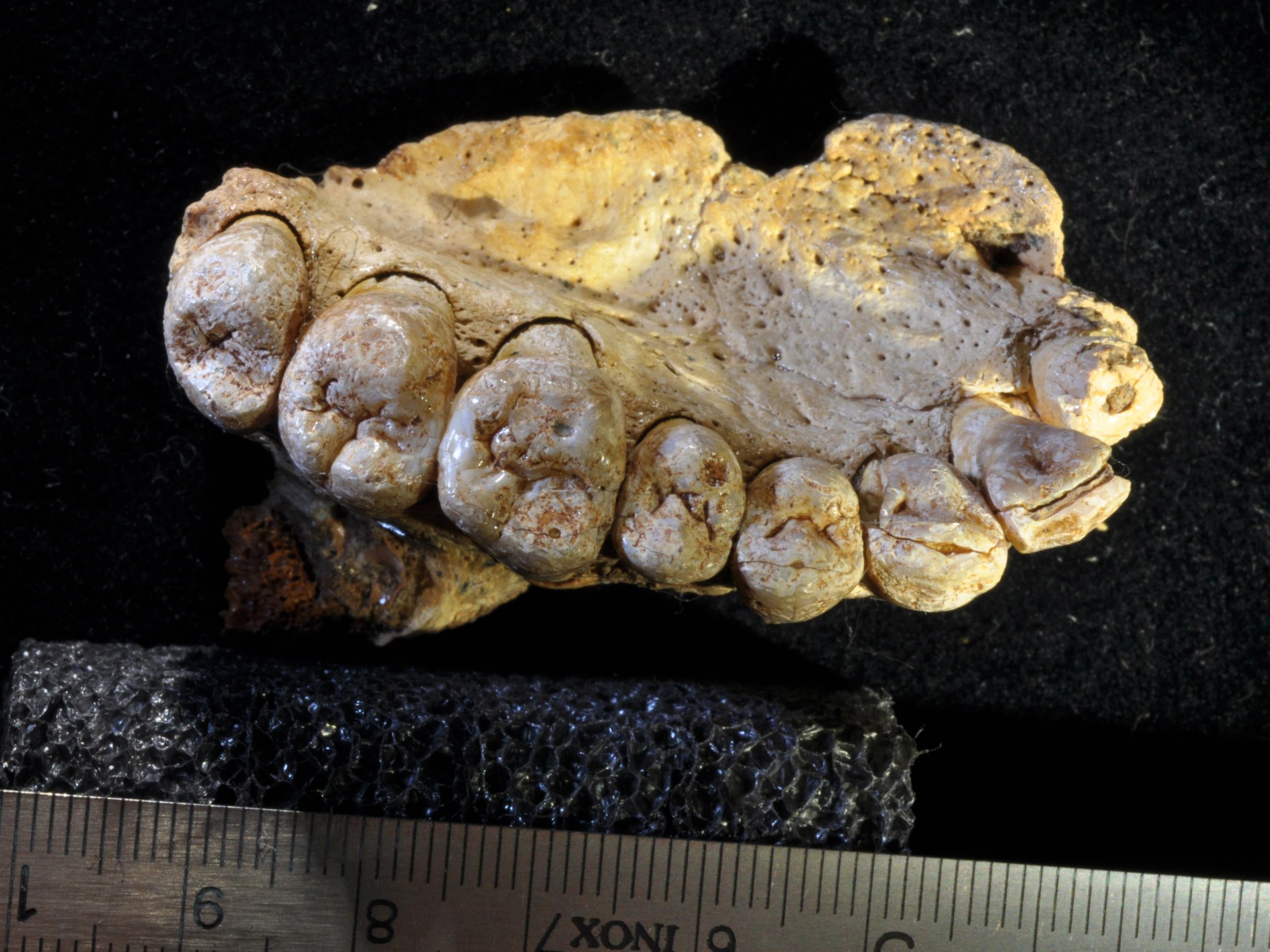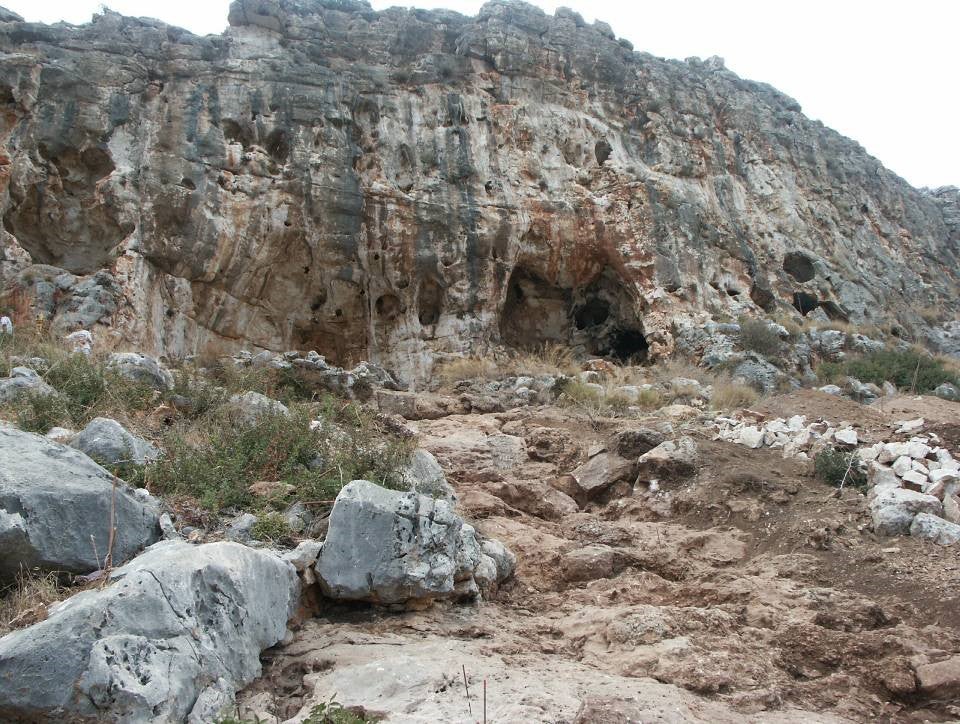Oldest human fossil outside Africa discovered in Israel
New discovery suggests early people migrated to the Middle East around 100,000 years earlier than previously thought
Your support helps us to tell the story
From reproductive rights to climate change to Big Tech, The Independent is on the ground when the story is developing. Whether it's investigating the financials of Elon Musk's pro-Trump PAC or producing our latest documentary, 'The A Word', which shines a light on the American women fighting for reproductive rights, we know how important it is to parse out the facts from the messaging.
At such a critical moment in US history, we need reporters on the ground. Your donation allows us to keep sending journalists to speak to both sides of the story.
The Independent is trusted by Americans across the entire political spectrum. And unlike many other quality news outlets, we choose not to lock Americans out of our reporting and analysis with paywalls. We believe quality journalism should be available to everyone, paid for by those who can afford it.
Your support makes all the difference.The discovery of a fossil in Israel has revealed humans left Africa far earlier than previously thought.
Scientists have long thought humans – or Homo sapiens – left Africa around 100,000 years ago.
But the new fossil known as Misliya-1 after the cave it was found in is estimated to be between 175,000-200,000 years old - by far the oldest evidence for modern humans found outside of Africa.,
Calling it "an exciting discovery," Professor Rolf Quam, an anthropologist at Binghamton University and co-author of the study said: "It provides the clearest evidence yet that our ancestors first migrated out of Africa much earlier than we previously believed."
Professor Israel Hershkovitz, an anthropologist at Tel Aviv University who led the study which was published in the journal Science, added: “This changes the whole concept of modern human evolution."
The new finding is also consistent with genetic studies, which have previously suggested the possibility that modern humans dispersed out of Africa around 220,000 years ago.

Professor Quam said that it meant that modern humans had ample opportunity to interact with other species of ancient humans.
“It also means that modern humans were potentially meeting and interacting during a longer period of time with other archaic human groups, providing more opportunity for cultural and biological exchanges,” he said.
Professor Hershkovitz said the issue of when humans started moving out of Africa, and the route they took to do so are “the two most important questions in recent human evolution”.
The Misliya fossil consists of an upper jawbone and several teeth.
The researchers used several dating techniques in order to obtain an accurate age for the specimen, and analysed it using microCT scans and 3D virtual models to compare it with other human fossils from around the world.
"While all of the anatomical details in the Misliya fossil are fully consistent with modern humans, some features are also found in Neandertals and other human groups," said Professor Quam.
"One of the challenges in this study was identifying features in Misliya that are found only in modern humans. These are the features that provide the clearest signal of what species the Misliya fossil represents."
Besides the fossil itself, archaeologists have excavated stones nearby shaped by humans in a sophisticated way known as the Levallois technique.
The technique involves chipping away at fragments of stone to form tools, and has been documented in early human specimens found in Africa.
This archaeological evidence demonstrate that these early Middle East settlers were capable hunters of large animals.
“This is an incredibly exciting piece of archaeology; it’s always exciting to find new fossils, especially when they have such early dates,” said Dr Simon Underdown, an anthropologist at Oxford Brookes University who was not involved with the study.

Dr Underdown noted the rigorous methods that the researchers had applied to the Misliya specimen in order to confirm the accuracy of their date.
“What’s really nice is they have used loads of different types of dating – this is not just one date or one piece of rock,” he said.
By spreading out of Africa, humans were behaving much like other animals migrating in search of resources, he added.
“We know loads of other animal species were doing this, following food resources and moving in response to climate change and environmental shifts,” he said. "This is early humans doing exactly that.”

Join our commenting forum
Join thought-provoking conversations, follow other Independent readers and see their replies
Comments